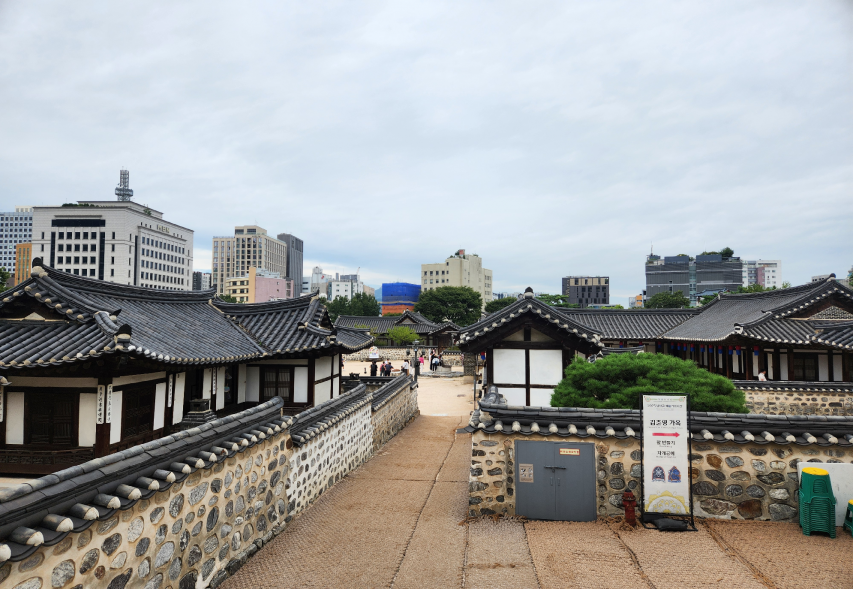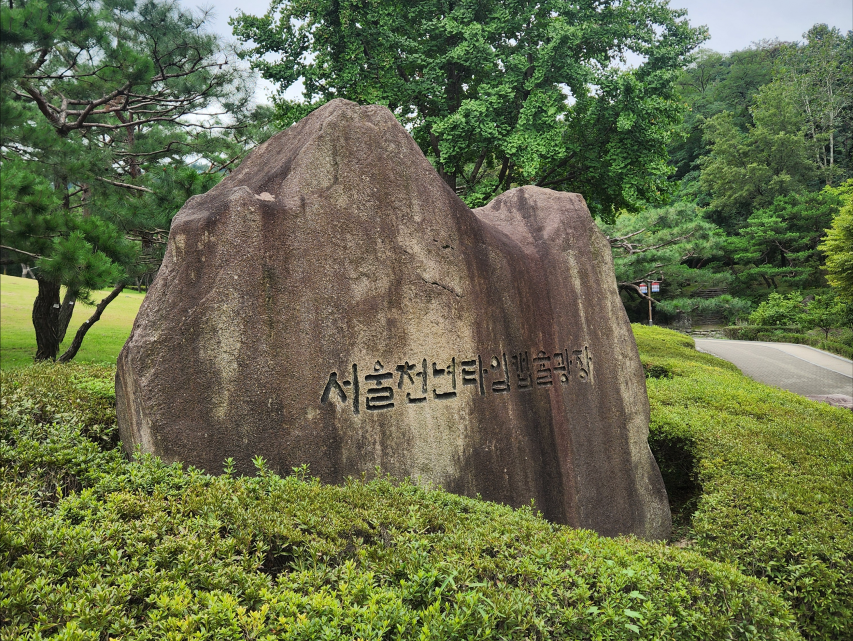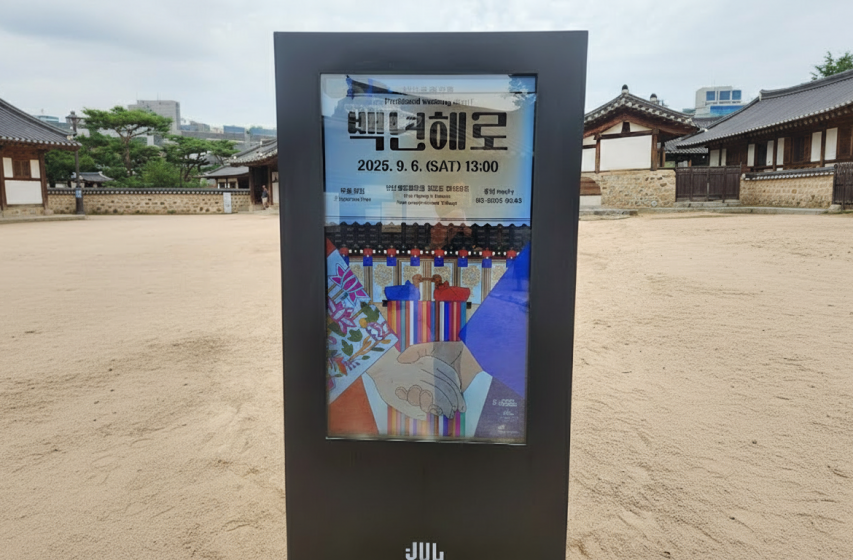[Culture] Where the Past Meets the Present: Inside Namsangol Hanok Village
In the middle of Seoul's concrete skyline, a cluster of tiled roofs and stone walls suddently appears near Chungmuro Station. This is Namsangol Hanok Village, where tradition breathes within the modern cityscape. More than just a restored site, it serves as a bridge linking Seoul’s forgotten past with its present and future.
Restoring the Lost Memory of Seoul
Seoul’s traditional houses, known as hanok, began disappearing during the Japanese occupation and continued to vanish amid rapid urbanization after the Korean War. During the 1960s and 1970s, redevelopment projects replaced hanok neighborhoods with apartment complexes and office buildings, erasing traces of the city’s historic housing culture.
In an effort to recover its lost identity, the Seoul Metropolitan Government established Namsangol Hanok Village in 1998 at the foot of Mt. Namsan. The project relocated and reconstructed five authentic hanok from across the city, creating a living space rather than a static exhibition. As a result, the village stands not only as a showcase of architectural beauty, but also as a symbol of Seoul's effort to reclaim its cultural roots.
A Miniature Seoul of the Joseon Era
The village is composed of a traditional garden, five relocated hanok, the Cheonugak Pavilion, and the Seoul Millennium Time Capsule Plaza. Beyond the main gate, a serene garden—featuring restored native trees, a pond, and a pavilion—which represents harmony between humans and nature.
At the center of the village stand five traditional houses — the former residences of Lee Seung-eop, the master carpenter who led the reconstruction of Gyeongbokgung Palace; Kim Chun-young, a military officer of late Joseon; and Min Young-hwi, a high-ranking nobleman of the Korean Empire. These authentic structures were dismantled, transported, and reassembled to create what is often called a “miniature version of Seoul.”

Traditional hanok roofs of Namsangol Hanok Village stand in quiet contrast against Seoul’s modern skyline
“Among them, the Gwanhundong Min Clan House attracts the most attention from foreign visitors,” said Lee Woo-hyun, manager of Namsangol Hanok Village’s PR/Marketing team. “Its scale and the view of Namsan Tower in the background allow visitors to capture both the elegance of the hanok and Seoul’s modern skyline in one frame.”
Passing through the hanok houses, visitors arrive at the Cheonugak Pavilion, which serves as a cultural stage for performances and community events. “Cheonugak offers a unique experience where traditional architecture and the city’s high-rises coexist in a single sightline,” Lee explained.
At the far end of the village lies the Seoul Millennium Time Capsule Plaza, created in 1994 to celebrate Seoul’s 600th anniversary. The capsule, containing 600 everyday items representing the lives of Seoul citizens, will be opened in

A stone monument marks the entrance to the Seoul Millennium Time Capsule Plaza, symbolizing the city’s connection between past, present, and future.
According to Lee, “The Time Capsule Plaza carries a message for the future. In contrast to the traditional garden, it symbolizes the continuity of Seoul’s past, present, and future within one shared space.”
A Place Where Tradition Lives and Breathes
Namsangol Hanok Village is not a museum of the past, but a living space where people experience tradition in everyday life. The Cheonugak Pavilion regularly hosts cultural events and seasonal programs. In the second half of 2025, it featured creative activities inspired by the movie “K-pop Demon Hunters”, including a Paper Reaper Doll Workshop and a traditional gagok (lyric song) experience.
In August 2025, the village also hosted special events such as the 80th Liberation Day performance “To the Heroes” and the symbolic reunion ceremony “Baeknyeonhaero” for the descendants of independence activists.
Lee noted that hands-on programs, such as archery crafting and medicinal food cooking, have been especially popular among foreign visitors. “Participants can learn traditional techniques firsthand and recognize that Korean heritage is not a relic of the past but a living asset in the modern city,” he said.
On weekends and national holidays, the courtyard transforms into a wedding venue where couples perform ceremonies in traditional Korean style. For newlyweds, it becomes a once-in-a-lifetime experience; for visitors, it offers a cultural performance and a lesson in heritage.

A signboard iabout traditional Korean wedding ceremonies held in Namsangol Hanok Village
Today, Namsangol Hanok Village continues to evolve into a dynamic cultural platform. The management team is preparing Chuseok festivals and a new “House Museum” exhibition, aimed at reinterpreting traditional aesthetics for contemporary audiences.
“Our goal is to develop Namsangol into a ‘playground of traditional arts,’” Lee said. “Through hanok concerts, tour games, and immersive workshops, we will continue connecting Korean tradition with modern urban life.”
In a city that once lost its roots to rapid modernization, Namsangol Hanok Village stands as a reminder that Seoul’s past is not gone—it lives on, quietly breathing amid the glass and steel of the present.
There are no registered comments.
I agree to the collection of personal information. [view]

